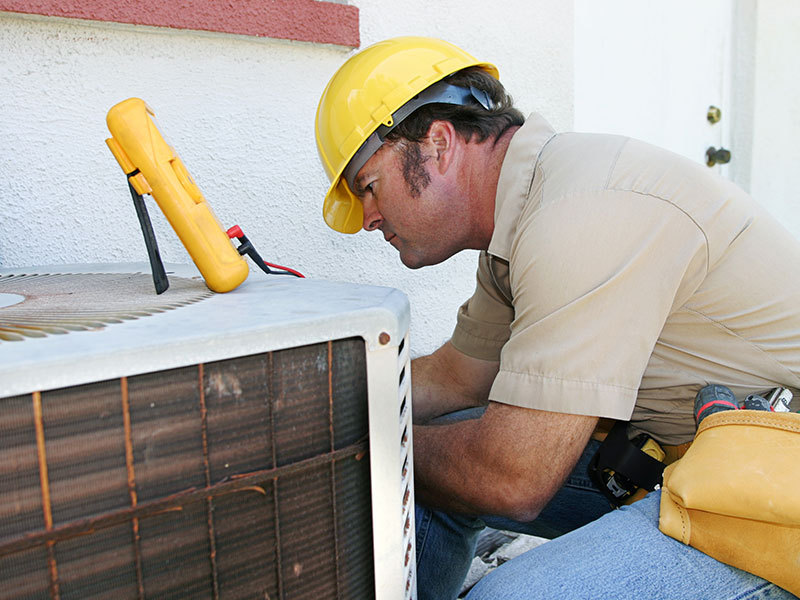With the high cost of electricity and other forms of energy sources for houses and commercial buildings, the demand for energy-efficient heating and cooling systems has dramatically increased around the world. There are several options when considering an energy-efficient air conditioning unit and they can range from the window air conditioners through to conventional forced-air or even a high-velocity air conditioning unit.
No matter how energy efficient the rating of the new air conditioning unit may be, consumers need to be aware that they have to correctly install, select and maintain the unit to get those efficient results. Air conditioning units that are installed incorrectly or below recommended standards or those that are simply too small or much too large for the size of the room space they are designed to cool will reduce the energy efficiency and even create energy overuse.
Even the most energy-efficient air conditioning unit needs to be used and operated properly to ensure that it stays that way. Some of the most common mistakes that people make when using, installing, or maintaining an air conditioning unit that leads to inefficiency include:
- Leaving doors and windows open while the unit is running. This forces the air conditioning unit to continue to run without being able to cycle on and off. Even when the open window or door is on the other side of the residence or building it will still decrease the air temperature and trigger the air conditioner to stay in the cooling part of the cycle.
- Improper insulation within the house. Like leaving windows and doors open, poor quality or lack of insulation in the house allows the warm air outdoors to warm up the cool air indoors, or more correctly keeps the outside walls of the house warm, thereby transferring the heat to the inside walls and the inside air. Proper insulation around outside doors and windows also helps reduce cold air loss and prevents the unit from cycling on and off.
- Incorrect size of air conditioning unit for the room or space. Smaller units are often less expensive, so homeowners or building managers may try to use smaller units despite the large floor space. This is very energy inefficient as the unit is constantly on and working to produce enough cold air to try to bring the room temperature to the set level. Buying a bigger, slightly more expensive unit that is designed for the floor space is much more energy-efficient and significant cost saving over the long run.
- Setting the temperature too low. Keep the thermostat set at 70 or above, cooler temperatures force the unit to work much harder and will result in a significant energy drain.
Review consumer reports and learn about the various types of energy-efficient air conditioning units before making your decision.


